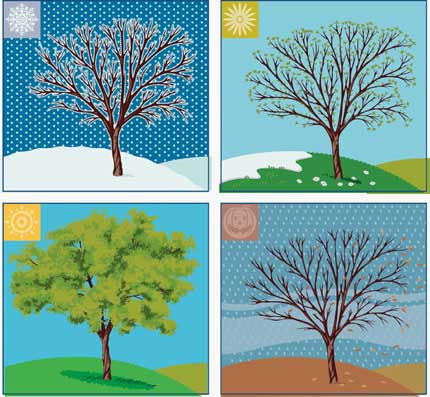 |
| IMG: Source |
Among lists of parts of speech, you may see an unfamiliar word among nouns, verbs, conjunctions, and the other usual suspects. What’s a determiner?
A determiner is a word that modifies a noun or a noun phrase. That’s also the definition of adjective, but although both parts of speech modify nouns, determiners are distinct from adjectives in several respects, most obviously in that the latter express attributes, whereas determiners express relationship. (These categories also differ in that although the inventory of adjectives is innumerable, most types of determiners include a finite number of words.)
The categories of determiners include the following:
There are only three articles and five demonstrative pronouns, and the number of possessive and indefinite pronouns is also limited; only possessive nouns and numbers are limitless, but they are included with other determiners because their function is similar to that of the other types.
Note, however, that possessive nouns, by their very nature, require assistance from one of the other types of determiners. For example, some require an article (“the missile’s trajectory”), some need a pronoun (such as the possessive pronoun our, as in “our house’s address sign”), and some are accompanied by a number (“three players’ uniforms”).
Two similar classes of words are quantifiers and predeterminers. A quantifier, as the name signifies, expresses how much or how many of something exists or exist. This type, sometimes considered another variety of determiner and sometimes placed in its own category, consists of words and phrases that indicate quantity, such as few, all, or “a couple of”; numbers are sometimes classed with these general quantifiers. (Quantifiers can be combined with other determiners, such as in “their many detractors” or “all the bottles.”)
Some quantifiers work with count nouns but not with mass, or noncount, nouns (“many horses,” but not “many water”); others are used only with mass nouns (“little water,” but not, in the context of quantity rather than size, “little horses”). Others are suitable for both count and mass nouns (“some horses,” “some water”).
A determiner is a word that modifies a noun or a noun phrase. That’s also the definition of adjective, but although both parts of speech modify nouns, determiners are distinct from adjectives in several respects, most obviously in that the latter express attributes, whereas determiners express relationship. (These categories also differ in that although the inventory of adjectives is innumerable, most types of determiners include a finite number of words.)
The categories of determiners include the following:
§ articles (a, an, and the)
§ possessive nouns (for example, John’s, wife’s in “my wife’s,” and doctor’s in “the doctor’s”)
§ possessive pronouns (such as hers and mine)
§ indefinite pronouns (like each, either, all, and fewer)
§ demonstrative pronouns (this, that, these, those, and such)
§ numbers (five, “a hundred,” and so on)
There are only three articles and five demonstrative pronouns, and the number of possessive and indefinite pronouns is also limited; only possessive nouns and numbers are limitless, but they are included with other determiners because their function is similar to that of the other types.
Note, however, that possessive nouns, by their very nature, require assistance from one of the other types of determiners. For example, some require an article (“the missile’s trajectory”), some need a pronoun (such as the possessive pronoun our, as in “our house’s address sign”), and some are accompanied by a number (“three players’ uniforms”).
Two similar classes of words are quantifiers and predeterminers. A quantifier, as the name signifies, expresses how much or how many of something exists or exist. This type, sometimes considered another variety of determiner and sometimes placed in its own category, consists of words and phrases that indicate quantity, such as few, all, or “a couple of”; numbers are sometimes classed with these general quantifiers. (Quantifiers can be combined with other determiners, such as in “their many detractors” or “all the bottles.”)
Some quantifiers work with count nouns but not with mass, or noncount, nouns (“many horses,” but not “many water”); others are used only with mass nouns (“little water,” but not, in the context of quantity rather than size, “little horses”). Others are suitable for both count and mass nouns (“some horses,” “some water”).
Predeterminers, as the name indicates, refers to words that precede determiners. These include multipliers and fractions (for example, twice and one-half, or just half, in “twice my size” and “one-half of his fortune”) and intensifiers (for example, quite and rather in “quite the scholar” and “rather more people than I expected”).








